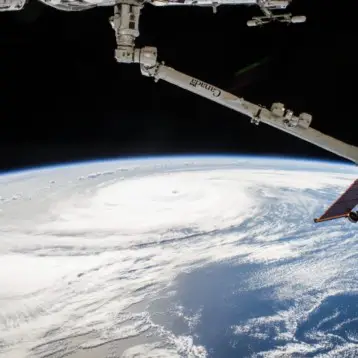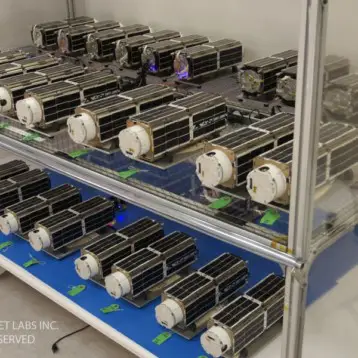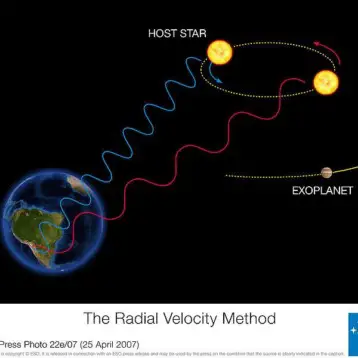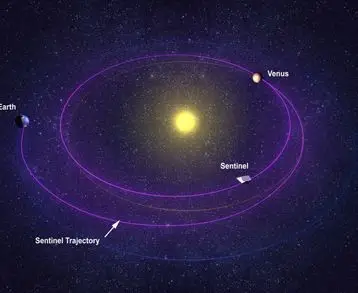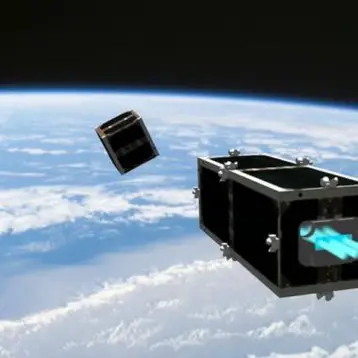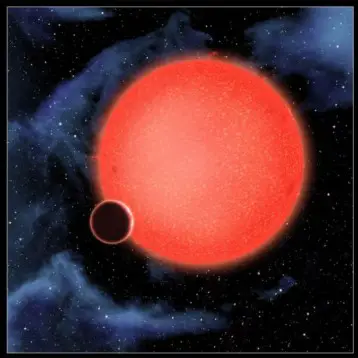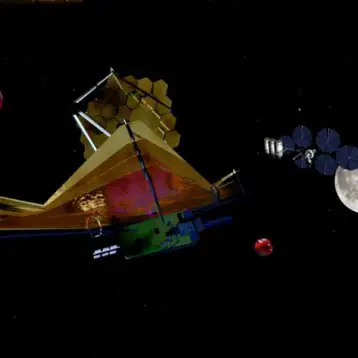The Dawn spacecraft, fitted with nine strap-on solid-fuel boosters, was mounted on a Delta 2 rocket for take-off. In the framework of the space mission, the spacecraft will explore two distant celestial bodies situated in the asteroid belt between Jupiter and Mars – Vesta and Ceres. Vesta is a dry, differentiated asteroid, 530 kilometers (330 miles) in diameter. It resembles the rocky bodies of the inner solar system, such as Earth.
Ceres is by far the largest and most massive body in the asteroid belt (about 950km or 590miles in diameter). Its’ mass comprises approximately a third of the asteroid belt’s total mass. This recently categorized dwarf planet has a primitive surface containing water-bearing minerals, and may possess a weak atmosphere. Ceres appears to have many similarities to the large icy moons of the outer solar system. Scientists plan to seek water-bearing minerals, measure the element and mineral composition, and study the shape, surface topography, and tectonic history of Vesta and Ceres. By studying these asteroids, which are relics of the early solar system, scientists hope to learn more about the solar system’s formation.
Dawn is scheduled to arrive at the asteroid Vesta in 2011, and is expected to reach the dwarf planet Ceres in 2015, traveling a total of 4.8-billion-kilometers (3-billion-miles). After Dawn’s instruments study both asteroids, scientists will be able to compare and contrast the findings. In addition, astronomers intend to monitor the Dawn Spacecraft itself and the way it orbits round Vesta and Ceres in order to calculate the mass and gravity fields of these asteroids more accurately.
Dawn’s $357.5 million space mission (not including the launch vehicle), includes an advanced ion propulsion system called NSTAR. The NSTAR ion engine, originally developed by Boeing in the 1990’s for NASA’s Deep Space 1 Mission, is comprised of three ion thrust units. Each of these units, 30cm in diameter (12inches), is movable in two axes to allow for migration of the spacecraft’s center of mass during the mission. The advantage of ion propulsion technology over conventional space propulsion is its high efficiency. Electrical power and very small amounts of xenon gas are used in such a way that a gradual acceleration process takes place over very long distances, far beyond the capabilities of conventional engines (which require significantly larger amounts of fuel for such tasks).
TFOT recently covered a different NASA space mission headed for Mars, called Phoenix. The Pheonix is scheduled to land on the red planet’s magnetic pole in May 2008 in order to study the history of water on the planet and to assess potential habitability of the Martian arctic’s ice-rich soil. In addition, TFOT recently covered a different proposed propulsion technology called Mini-Mag Orion, which will use plasma to propel a spacecraft to a speed of approximately 10% of the speed of light.
More information on the Dawn Space Mission can be found on NASA’s Dawn Mission homepage.

